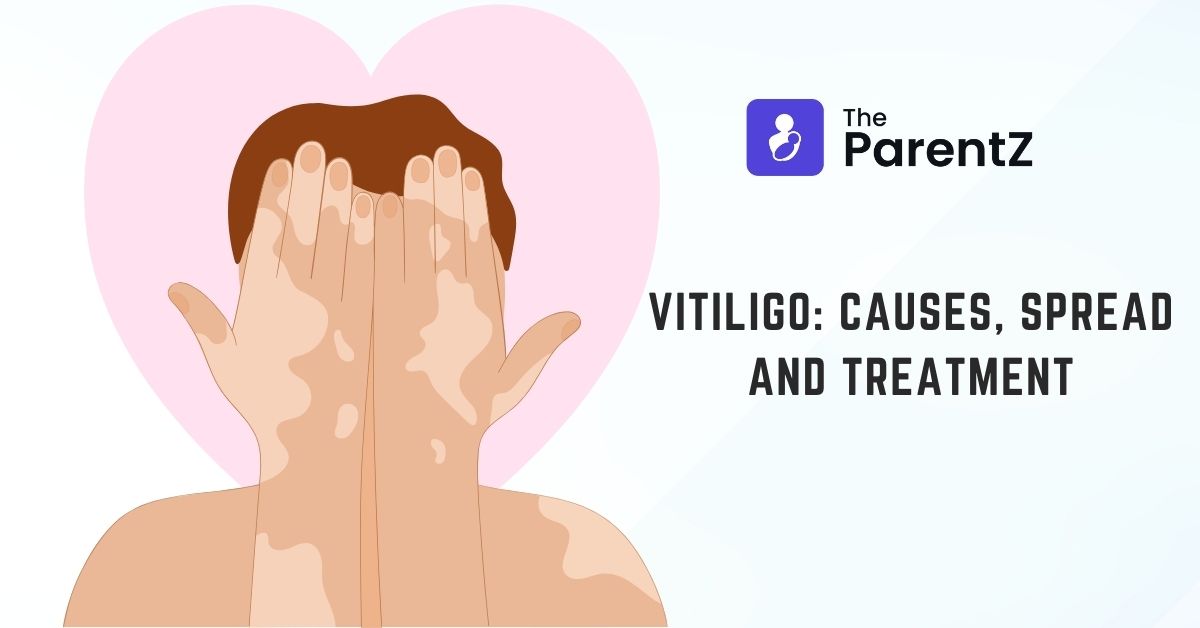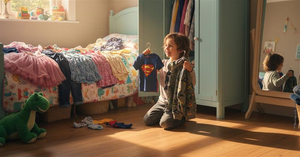What is Vitiligo?
Vitiligo is a condition of the skin in which there are lighter patches of skin (lesions) present in between areas of normal skin. There is a loss of skin pigmentation or colour in these areas. It usually presents in children after 10 years of age.
What causes Vitiligo?
The exact cause of Vitiligo is not known. It affects both sexes and all races. There are several different theories related to what causes Vitiligo. Some experts believe that vitiligo is an autoimmune disorder which means that the immune cells of the body mistakenly attack cells of our own body. Some experts believe that the cause of Vitiligo is related to the nervous system. Others believe that it may be a genetic condition as often family members are affected.
There are some factors which may increase the risk of developing vitiligo in a child. These are:
- Child has a thyroid disorder
- Child has diabetes
- Child has other autoimmune conditions
Does vitiligo spread?
Vitiligo is not a contagious disease. It cannot spread from one child to another.
Clinical features of Vitiligo
Vitiligo shows specific types of lesions which are abnormal skin patterns. These lesions are-
- There is a depigmented pale white area of skin.
- Depigmented areas have a sharp margin against the normal skin.
- Hair over the lesion may be lighter in shade or white.
- Lesions are present anywhere in the body but areas where children are hurt more as knees and elbows are commoner.
- The distribution of lesions over the body depends on the type of Vitiligo and there are many different patterns.
What is the course of disease?
The disease has a varying course. In some children the disease may progress slowly with new lesions appearing over several years while in others new lesions may also appear overnight. If the child has a long-standing disease of many years or other skin conditions as well, it usually has a worse prognosis with the patches being resistant to treatment or rapidly spreading.
Is Vitiligo dangerous?
Vitiligo is not a dangerous condition. It is simply a skin condition in which some patches of skin are lighter than the others. It is not an infectious condition and neither is it any form of cancerous condition. Children with vitiligo may be physically as healthy as their counterparts.
Treatment of Vitiligo
The treatment of Vitiligo depends on the spread of the disease and the duration of the lesion to be treated. Disease which is segmental in nature or not confined to an area of the body can be treated with steroids or immunosuppressive creams applied over the discoloured area. It may also require PUVA therapy if the lesion is old. PUVA therapy is application of psoralen cream over the area followed by exposure to sunlight for a specific time. It is not used for treatment in children under 10 years of age and is only recommended for older children. If the disease is widespread over the body, oral pills of steroid need to be taken alongside PUVA therapy.
What should you do as a parent?
- You should play an active role in boosting the self esteem and confidence of your child.
- Don’t focus on vitiligo or make a big deal out of it for your child. Don’t pressure your child to cover it up as it will make them feel more conscious.
- Teach your child what vitiligo is so that they have a better understanding of their condition.
- Encourage your child to participate in social activities.








Be the first one to comment on this story.